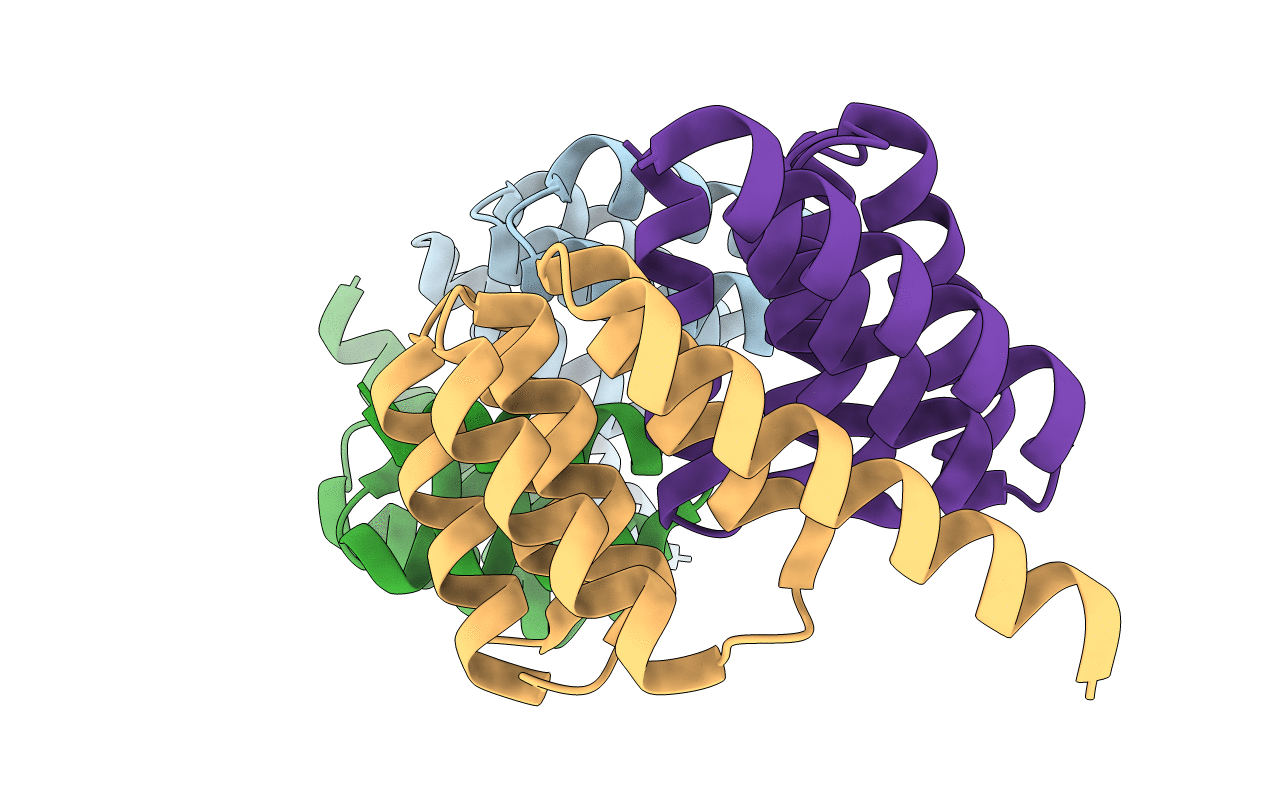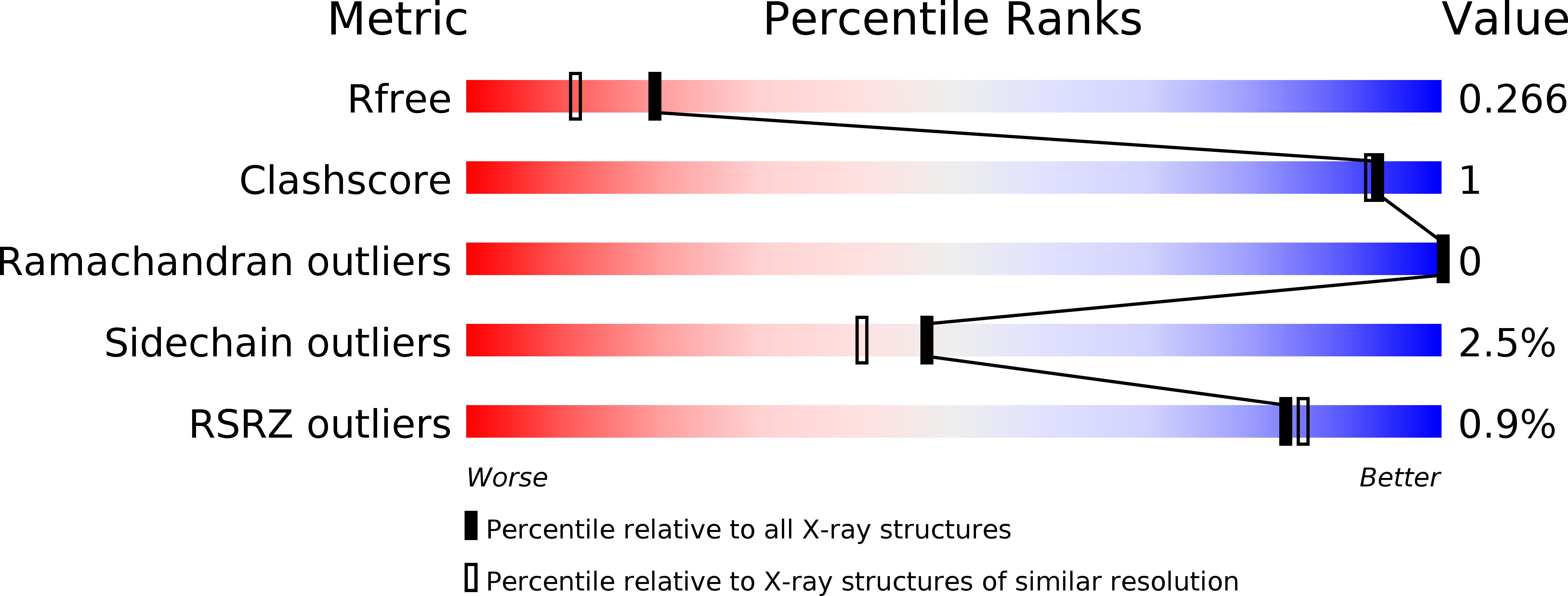
Deposition Date
2016-03-15
Release Date
2016-10-12
Last Version Date
2024-01-10
Entry Detail
Biological Source:
Source Organism:
SYNTHETIC CONSTRUCT (Taxon ID: 32630)
Host Organism:
Method Details:
Experimental Method:
Resolution:
2.05 Å
R-Value Free:
0.26
R-Value Work:
0.21
R-Value Observed:
0.21
Space Group:
P 1 21 1


